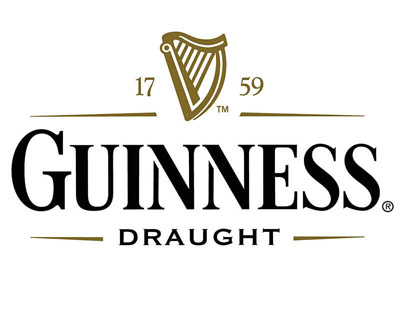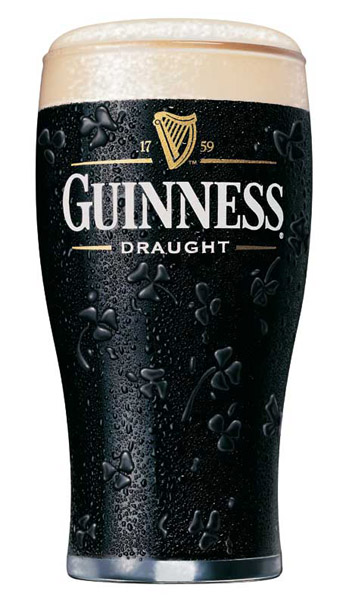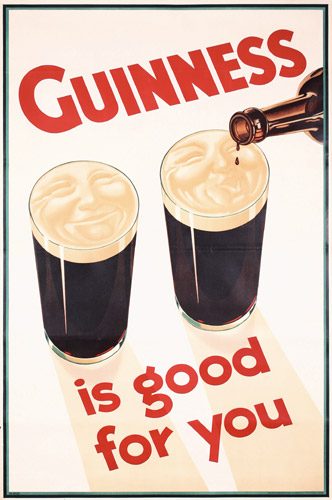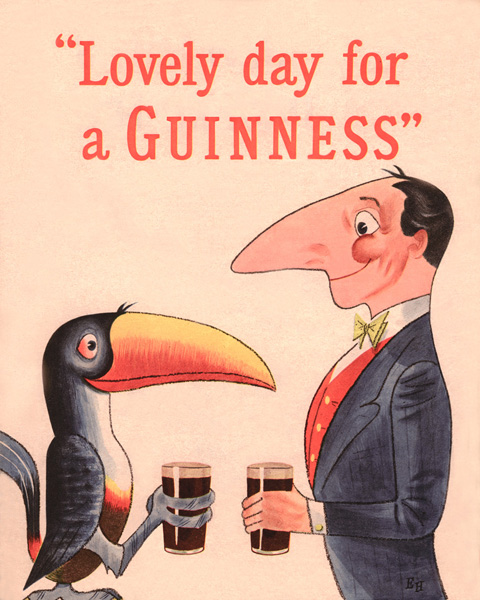The Guinness beer was “born” in 1752 when Arthur Guinness inherited 100 pounds from his godfather, the Archbishop Price, and rented an unused brewery near Dublin for 100 pounds at once and 45 pounds per year for a period of 9 000 years and started a small business.
It quickly expanded from being just beer stout produced in Ireland for Ireland. Arthur Guinness made the last Dublin Ale, as he wanted to be different from the other beer manufacturers and made it extremely popular. Over some time the brewery started to supply the local market with the new dark beer porter, and it was a huge success. The drinks were first imported to England in 1769, and this how the expansion to other regions started. In 1799, the Guinness ceased brewing ale, and switched to its porter. The advertizing was not such a common thing in those times, but Guinness was thinking big and employed this marketing approach back in 1794 — it was an engraving of an esquire, who was at the table with a cask of Guinness porter and holding a tankard in his hand. The ad appeared in “The Gentleman’s Magazine”. The era for refined and smart Guinness media promotion was beginning. The next newspaper advertisement, telling about “Guinness’s East & West India Porter” was printed in a Dublin newspaper in 1824.
The expansion of the brand grows and in 1860s the labels on Guinness bottles have animal figures — Wolf, Dog’s Head and Lion — which were used for promotion the brand in Southeast Asia. The official Guinness logo, a harp, was introduced in 1862, and this was almost a century after the company was incorporated. The new signature had a harp and Arthur Guinness’ signature. The harp , the Irish coat of arms, appeared when Brian Boru was the king of Ireland (1002 — 1014) and symbolize the unity of the country. Indeed, the Guinness logo is technically not just a copy of the ancient Irish emblem as the image is reversed.
In 1886, the Guinness Brewery got to the London Stock Exchange and thus became the first large brewery to be present there. The volume of beer it produces is giant, nearly 1.2 million barrels was sold every year. It was already a respected company, but wanted innovation to go bigger. So, in 1893 it started to employ scientists who would work only on improving the beer formula, and in 1901 the Guinness brand founded it own research laboratory, where they did experimental maltings.
The Irish beer’s spread all over the world was continued with the USA, which is the key market to most ambitious brands. In 1910, the largest Guinness bottler started to sell the beer in the US, begins bottling in the USA, and previously it just sold the ready beer there. The promotion in New York had to be huge to draw attention of people who were hard to impress. So, they placed the sky signs on Broadway and spent $1,400 per year on it.
In 1929, the ads created by artist John Gilroy with slogan “Guinness is Good For You”, which was followed by “My Goodness, My Guinness’, and “My Goodness, My Christmas, It’s Guinness!” appeared in the British newspapers. The great posters, which are an integral part of Guinness heritage, were humorous and simple, just perfect to make smile and buy a pint of Guinness. In fact, it was the first global ad campaign, which lasted for decades. In 1998, it launched another one called “Good things come to those who wait”, and in 2009 this was switched for “Bring It to Life”.
In 1997, the company became a part of the Diageo Corporation, which was formed then by merging Guinness PLC & Grand Metropolitan PLC. Now Guinness is sold all over the globe, in more than 150 small and big countries of the world.
• In December 1861 Albert, the Prince Consort, died and the whole country was mourning over his death. It was then that a steward at Brookes Club said that everything should grieve, even champagne, and added some Guinness Extra Stout to the jolly drink. According to the legend, this was how the Black Velvet cocktail appeared.
• In 1890, Edward Cecil Guinness, the great-grandson of Arthur Guinness founded the Guinness and Iveagh Trusts to give place to live to poor and homeless people.
• The Guinness ‘Surfer’ TV commercial was voted the best as ever in 2000 according to The Sunday Times and Channel 4.
• Guinness is not for vegetarians as isinglass is used in production of the beer.



